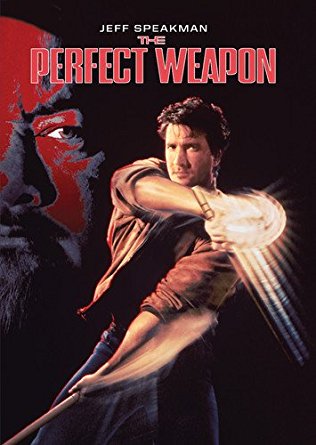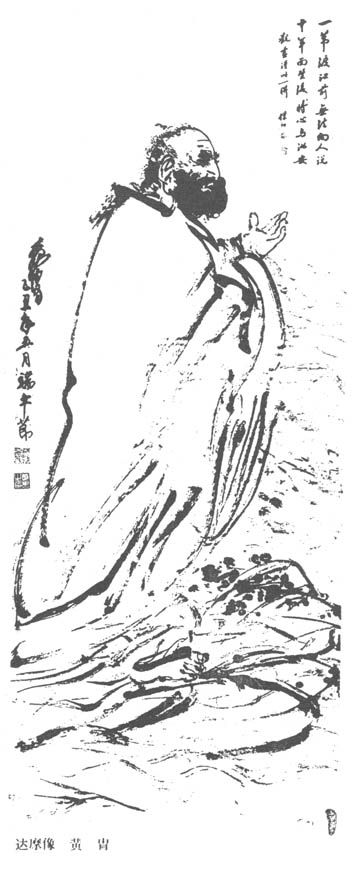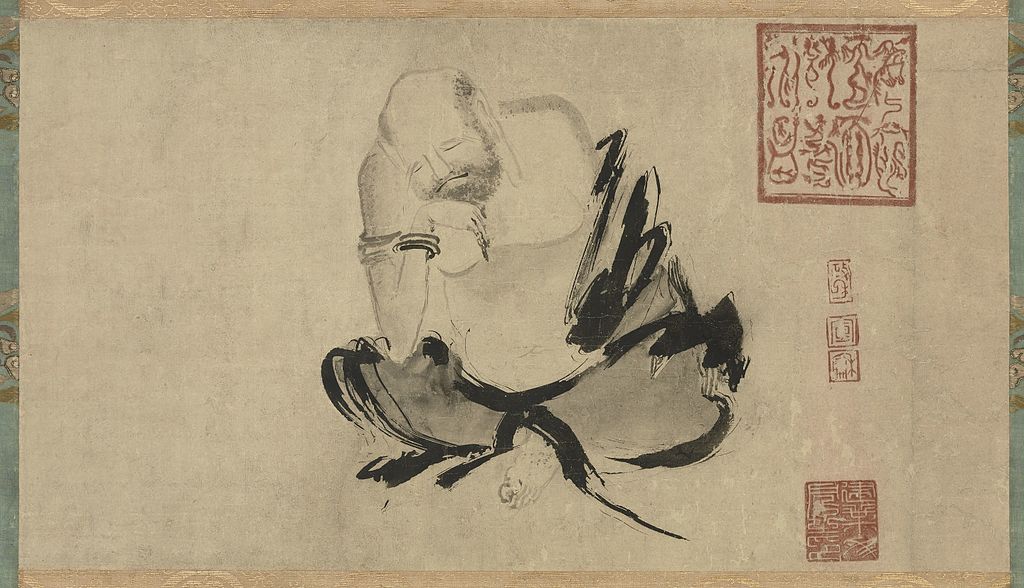History
Shin Gi Tai Kempo comes from Shin Gi Kempo whose roots are coming from the combination of three different styles:
- Chinese Pai Gai Noon
- Kosho Ryu Kempo
- Nakamura’s Kempo
Shin Gi Kempo was born thanks to Great Master Soke Ceuliman who had the idea to mix those styles. This new martial arts is an harmony of many linear and circular techniques. Due to a severe illness, GM Soke Ceuliman, who lived in Belgium, decided to go back to his country. This event felt like a wind of change. Under the pressure of some high ranked practitioners, such as Brugman (NL), Poestges, Turnau and Eckert, (DE) among others; Daniel Hayen has founded the B.K.O (Belgian Kempo Organisation).
Following a hierarchic rule, Senseï Ogy should have succeed to Soke Ceuliman. However, he refused as he believed the complexity of the task was extreme. Therefore Senseï Hayen, who worked a lot with his master, was designated as the bearer of the flame.
It’s in Germany that he received from the hands of Shihan Klaus Poestges (9th Dan), the Densho of transmission. This official document is stating the agreement of Master Ceuliman to choose Sensei Hayen as his successor.
As a first step, Sijo Hayen started to structure the system. Until then, nothing was accomplished to gather the knowledge as everything was only orally transmitted to students. To offer each practitioner the same support and sources, he decided to write all techniques.
Day by day, the huge amount of work and the new restructuring slowly started to bear fruit… As a recognition, this evolution grew interest in other countries; and is now known in the entire world.
Furthermore, through its evolution, the Shin Gi Kempo style born of two elements (sky and earth or mind and technique) was ready to become the Shin Gi Tai Kempo, style; welcoming a new element: the body.
To summarize in short way… Everything is tightly connected together…

Philosophy
Shin Gi Tai Kempo means the combination of three elements:
- Shin: Sky/Air or Mental.
- Gi: Ground/Earth or Technical Knowledge.
- Tai: Human body.

Thus, a Shin Gi Tai Kempo student must learn to combine these three elements because one doesn’t work without the others. For example, you can be mentally strong without reaching perfection because it would also require a good technique and healthy body.
Shin Gi Tai Kempo is the union of Gohon, feet and fists techniques with Judo, locks, throws, sweeps, immobilization, and pressure points.

Meaning
Kempo is a combination of old and ancient fighting techniques with modern and scientific principles. Kempo is an endless stream of movements, a force that can immobilize any opponent. Each motion predicts a specific reaction from the ‘enemy’. Each response prepares the next one. This logical stream and constant action are the essence of Kempo.
Kempo may be the most deadly Martial Art of all. To control the energy born of Kempo, the practitioner must be in total control of himself. Therefore, the mind should be trained first, followed by the body to finally be able to develop this inner force, synonym of perfect balance and harmony with oneself. It is possible to learn the way through Kempo lessons. A Kempo master is more effective than a Karate specialist. He is a master of martial art, because he is the master of himself.
You can discover this Martial Art by watching the movie “The Perfect weapon”. Here below a summary of the plot:

After Jeff’s mother died, he started acting up. His father not knowing what to do with him decides to consult his friend, Kim. Kim suggests that Jeff joins a Kenpo school. Jeff seems to have all of his negative energy under control but when he seriously injures someone, his father throws him out. Years later, Jeff, still in touch with Kim, believes he is in trouble. Jeff rushes to help him but is too late. Jeff’s relationship with his father is still strained. When a Korean gives him info on who is responsible, Jeff goes after him but he is only a pion. Jeff decides to investigate and fight out the real killer.
Legend

Traditionally, Bodhidharma is considered as the founder of the Buddhist school Chan (also known in Japan and Occident under the name of Zen) but also of the Shaolin Quan or « Shaolin Boxe » school. This word includes all Martial Arts which were born in the various Shaolin Monasteries. Some styles belong to a large set of Chinese Martial Arts (Wushu Gong Fu). The Shaolin Quan has spread all over Asia to be transmitted under different forms. It is in Japan, in the archipelago Ryūkyū, and more specifically in Okinawa, that the most famous form of Kempo will be known under the name of Karate.

Bodhidharma (Chinese: Putidamo, Pinyin: Pútídámó, Japanese: Bodaidaruma or Daruma and Tibetan: Dharmottara) was an Indian monk, who is believed to have lived at the end of the 5th or beginning of the 6th century. One mystery floats over him, as in reality, there was only one eye witness Yang Hsuan-Chih, resident of Lo-yang, named nowadays Honan. The story he wrote in 547ac was called Lo-Yang Chia-Lan-Chi (Annals of mountains and monasteries of Lo-yang).
Bodhidharma was described as a strange man with clear skin, bushy beard and with fiery eyes, dressed like a southern barbarian (Nanman). According to Yang Hsuan-chih, he was the oldest son of King Sughanda, descendant of Buddha. Therefore, he was the 28th patriarch of Buddhism. His trip is recorded into the Chinese chronicles from 543ac. Coming all the way India, he requested to meet the Emperor Wu of the Liang dynasty (Liang Wudi or Leang Wu Ti), known protector of Buddhism in China. Through his discussion with the Emperor, he could explain that in spite of his efforts and all the good deeds he had accomplished, he hadn’t received any recognition. According to Bodhidharma, the only conceivable merit laid in the immediate and mystical knowledge of the nothingness of all things. In a word, temples, golden statues, the pious illustrations, ceremonials, gifts so all the depictions of Buddhism in China meant nothing compared to the quest to reach the “Awakening”.
Meditation is the only way to achieve this goal, called Dhyâna. Bodhidharma, literally The Enlightened One, was actually suggesting a new conception of Mahâyâna Buddhism and questioning an entire moral, philosophical and religious system to which Wu had devoted his whole life.
The Emperor considered this revolutionary conception as a blasphemy and didn’t accept this proposition; as a consequence he dismissed Bodhidharma. His life was only spared because he was the disciple of Prajnâdhara (27th patriarch).

In 520ac, he tried to find shelter in the most famous monastery of the time, Little Forest or Shaolin Shi. Unfortunately, the monks didn’t grant him the right to enter their sacred territory. Bodhidharma, then, sat down and started to meditate for nine years while fixing the temple walls until holes were carved. Considered as a miracle, he gained the respect of the monks who let him in. To his surprise, he uncovered their awful physical conditions. The lack of vigor was the result of many hours spent transcribing old sacred texts and meditating. He came to the conclusion that the journey to reach Satori, through Zen, couldn’t be taken without taking good care of body and therefore only the perfect union between mind and body could allow it. In this context, he decided to design some exercises in order to develop muscles including a large diversity of techniques mainly based on the use of punches. This form of fighting, spread in the whole country, was inspired by Indian war methods to slow integrate the local techniques to become the starting point of various Shaolin Quan schools. He passed on his dogma to Hui-Ke, considered to be the second patriarch of the Chinese Buddhism from the monastery of Shaolin-Si.

Nowadays, this legend is widely considered as the historical truth by various Martial Arts publications. Of course, it’s important to remember the following bullets:
- A legend is the rewriting of historical facts using symbolic, allegoric and poetic skills.
- The oral or written transmission of a legend follows philosophical, religious, moral and ethical variables which vary though time.
- Furthermore, translations into occidental languages could lead to other mistakes. Even if consider the translation to be faithful, what is its meaning? Which language did Bodhidharma use when he has communicating with the author? Was he a fluent Chinese speaker? Did he really mean to say he was 150 years old? If so, was Bodhidharma declaring what he thought to be the truth, or was he using enigmas, as later on the Ch’an and Zen monks?
In 1928, all archives stored in the Shaolin monastery burnt in a fire. It is then, not really conceivable, to ever find new documents to prove that Bodhidharma deserved his place as patriarch of ch’an, zen and martial arts. However, the modern martial arts show the evidence that these teachings have really survived.

Statue on the top of Mount Song
